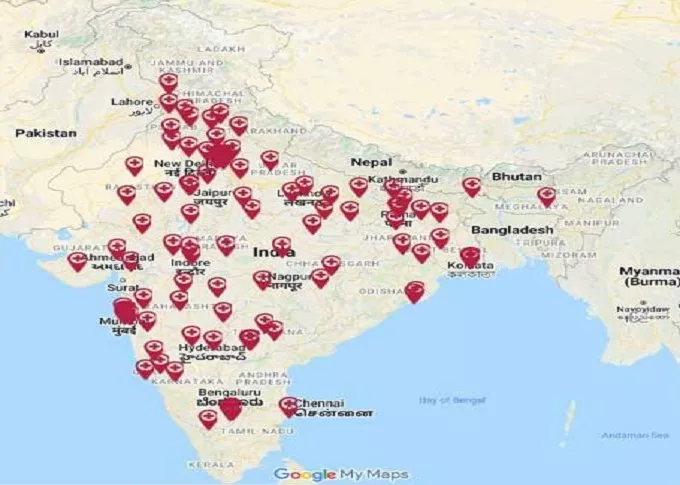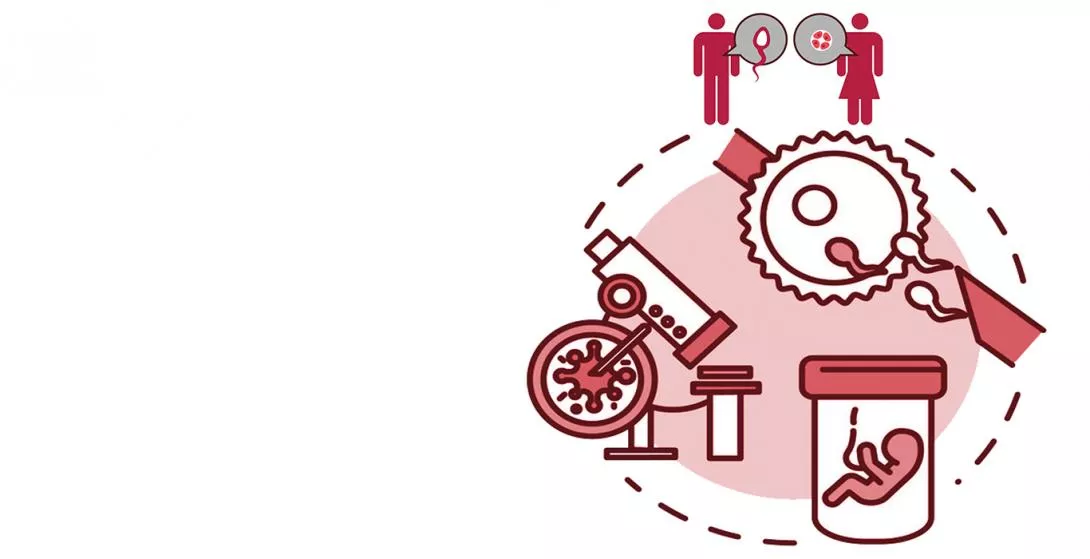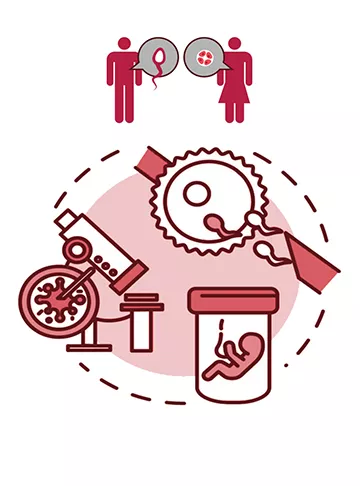About IVF Process
During the IVF procedure, mature eggs are collected and fertilised using a semen sample in a lab. Then the fertilised eggs or the embryo is transferred to the uterus, and pregnancy is achieved with minimal side effects. One full IVF cycle requires at least three weeks. However, sometimes these steps are divided into several procedures that might take longer.
How long is the IVF process from beginning to end?
IVF is not a single treatment process but a series of procedures. Thus, it takes 6-8 weeks from consultation to transfer. But the time may vary depending on how your body reacts to each stage. The steps involved in the process are explained briefly below.
What are the steps involved in IVF treatment?
Some people do not visit the doctor due to the time taken. But it shouldn't be the case. The doctors at the fertility clinic will help you with the complication of conceiving with the IVF procedure. If you are concerned of what are the steps involved in the IVF treatment, we have explained the IVF procedure step by step below -
Step 1: Doctor Consultation
The consultation might have three stages, depending on your needs:
1. The initial meeting, where the doctor will evaluate your medical history of you and your partner. It is beneficial, to be honest with the doctor. Based on the evaluation, they will suggest an IVF procedure.
2. The diagnosis will be made and reviewed. They will also tell you if you should administer the stimulation medicine yourself.
3. The doctor will discuss the total cost involved in the IVF procedure.
Step 2: Preparation for the Procedure (2-4 Weeks)
In this stage, you will be asked to undergo pre-IVF tests, which include –
- Blood tests
- Male fertility testing, including semen analysis
- Ultrasound
- Infectious disease screening
- Uterine evaluation
These tests give complete detail about your condition and identify the main cause of infertility.
Step 3: Medication and Monitoring (Week 5)
You will begin a controlled ovarian hyperstimulation (COH) process. The process begins with an ultrasound to evaluate your ovary and uterus. Once the doctor finds everything is good, the process is started. The COH has two parts -
1. Take fertility medicines
You will have to take fertility drugs for around two weeks. These medicines are usually taken orally or directly injected, which stimulates the ovarian follicles. This matures more eggs than they actually would in a regular cycle. The goal of the process is to mature four healthy eggs.
2. Monitoring
After the ovary is stimulated, the doctor will ask you to visit again to monitor your eggs and the follicular development. This is the most time-consuming part and requires 5-7 visits to the doctor's clinic.
Step 4: Triggering, Egg Retrieval, and Fertilisation
The final trigger is done for egg maturation with hCG, and egg retrieval is scheduled. Then the process is divided into four parts -
1. Egg Retrieval
The egg retrieval procedure is done under sedation. Though no risks are involved, you might have to take a day off from work. This is because the procedure might exhaust you.
2. Combining the Egg and Sperm in Lab
After your egg is extracted, fertilisation occurs, and embryos are created. The doctors fertilise an egg in the lab. During this stage, several methods are used to increase the chance of successful pregnancy.
- Intracytoplasmic Sperm Injection (ICSI) - ICSI is a great option for male fertility. During this procedure, a single healthy sperm is directly injected into the egg.
- Assisted Hatching - In this procedure, a tiny hole is made in the embryo's outer membrane to enhance the implantation rate after transfer.
- Preimplantation Genetic Screening - This procedure ensures that healthy embryos are transferred. It can be performed on frozen embryos as well.
Step 5: Evaluation of Embryos (3-6 Days After Fertilisation)
Daily monitoring is done from the day after fertilisation to decide which embryo is healthy enough for transfer.
Step 6: Embryo Transfer
Three days after fertilisation, embryos are ready to transfer. However, some patients like to wait until they have reached the blastocyst stage (usually five days after fertilisation). The embryo is instilled via a flexible and thin tube, gently passed through the cervix opening, leading to the uterus's interior. You don't have to undergo sedation, as it is painless. But you might experience mild cramps.
What do you do to prepare for IVF treatment?
Before the IVF treatment, there are several tests and diagnosis done. Besides medications, you would need to make some lifestyle changes to ensure the IVF process is successful.
What can you expect after IVF treatment?
After implanting the embryo transfer, the process might trigger several emotions, from excitement and hope to anxiety and helplessness. Be patient because there's nothing you can do apart from waiting.
How painful is the IVF Process?
The IVF procedure is usually painless. However, with all the medication and insertion of the tube for implanting the embryos, you might feel mild cramps.
Results after IVF Procedure
During IVF, you might have to wait 7-9 days to confirm your pregnancy. Pregnancy tests are done to ensure you are successfully pregnant. During a pregnancy test, doctors measure beta-human chorionic gonadotropin hormone, which comes from the trophectoderm cells of the embryo. Once the plantation is done, the production of the hormone increases and becomes noticeable.
The first test is done in the clinic. If the tests are positive, the doctor will schedule the next one. The other test is done one week after the first test. If it is positive, the doctor will schedule the ultrasound test after 2-3 weeks.
IVF treatment is the most effective form of assisted reproductive technology used in infertility treatment. This is usually done with the couple's eggs and sperm or might involve the eggs and the sperm from an unknown donor. Sometimes a gestational carrier - someone with an embryo implanted in the uterus - might be used.
Pregnancy Calculator Tools for Confident and Stress-Free Pregnancy Planning
Get quick understanding of your fertility cycle and accordingly make a schedule to track it
Get a free consultation!















